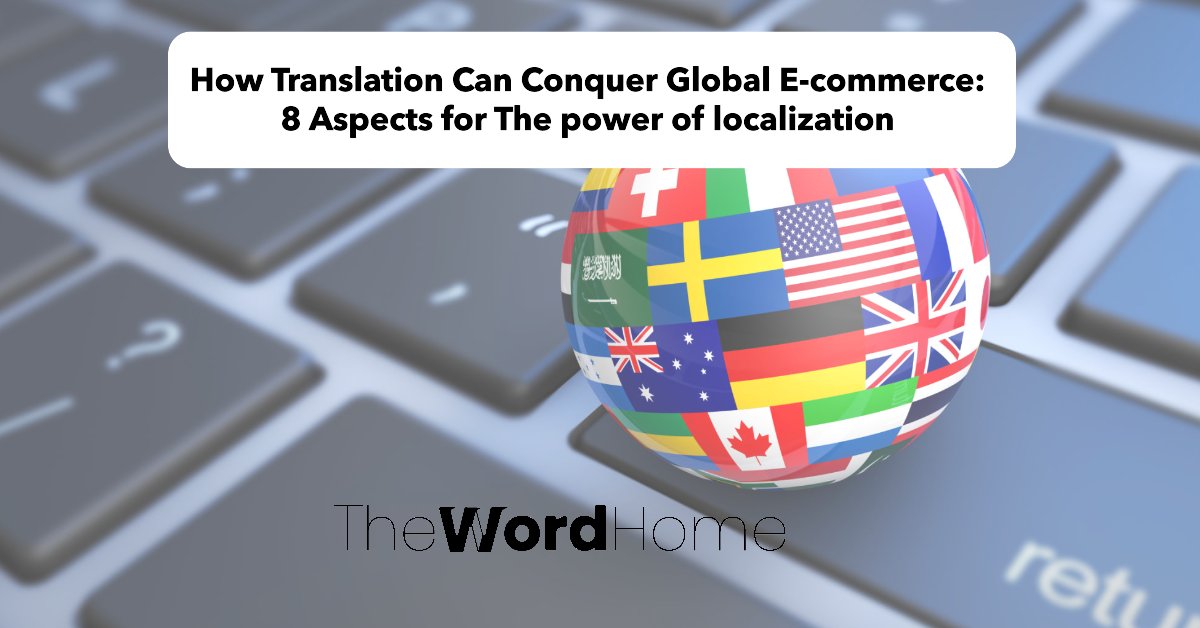Introduction
Table of Contents
Introduction
Understanding the Metaverse
The Metaverse, once a futuristic concept, is now a tangible reality. It’s an expansive digital universe where people can interact, socialize, play, and even work. Think of it as a virtual space that blurs the line between our physical world and digital environments. But as the Metaverse grows, so does the complexity of engaging with diverse audiences within it.
The Rise of Virtual Worlds
Virtual worlds are multiplying rapidly, from gaming platforms like Fortnite and Roblox to social spaces like Decentraland and Horizon Worlds. These platforms are not just for entertainment—they’re becoming vital hubs for commerce, education, and social interaction. Brands are eager to jump in, but simply existing in the Metaverse isn’t enough. To truly connect with users, brands must speak their language—literally and figuratively.
Why Content Localization Matters in the Metaverse

In the physical world, content localization has long been essential for brands expanding into new markets. The Metaverse is no different. As a global platform, it presents an opportunity to reach diverse audiences, but it also poses the challenge of making content relevant to users from different cultural and linguistic backgrounds. This is where content localization comes into play, ensuring that the experience is personalized, engaging, and culturally appropriate.
What is Content Localization?
Defining Content Localization
Content localization goes beyond mere translation. It’s the process of adapting content to meet the language, cultural, and functional requirements of a specific target market. In the context of the Metaverse, this means adjusting not only text but also visuals, interactions, and user experiences to resonate with local audiences.
Localization vs. Translation
While translation involves converting text from one language to another, localization is a more comprehensive approach. It considers cultural nuances, idiomatic expressions, and even regional preferences. For example, a marketing campaign that works well in the U.S. might not have the same impact in Japan unless it’s localized to reflect Japanese cultural values and consumer behavior.
The Role of Cultural Relevance
Cultural relevance is crucial in the Metaverse. Virtual worlds are immersive by nature, and users expect experiences that feel authentic and relatable. This means that brands need to go beyond language and consider the cultural symbols, colors, and narratives that resonate with each audience.
The Metaverse: A New Frontier for Brands
How Brands are Entering the Metaverse
Brands are flocking to the Metaverse to build virtual stores, host events, and create immersive experiences. Whether it’s a luxury fashion house launching a digital clothing line or a tech giant creating a virtual office space, the Metaverse offers endless possibilities for brand engagement.
Virtual Real Estate and Branded Experiences
Investing in virtual real estate has become a popular strategy for brands. By purchasing land in virtual worlds, companies can create branded spaces where users can interact with their products in novel ways. However, to maximize these investments, brands must ensure that their virtual experiences are accessible and appealing to a global audience.
Challenges in Reaching Global Audiences
Reaching global audiences in the Metaverse isn’t as simple as translating content. Each virtual world has its own culture, language, and user base, requiring a tailored approach. Brands must navigate these complexities while maintaining a consistent global brand identity—a delicate balancing act.
Why Localization is Crucial in the Metaverse
Cultural Sensitivity in Virtual Worlds

In the Metaverse, cultural insensitivity can lead to backlash or alienation. For instance, using culturally inappropriate symbols or ignoring local customs can quickly turn users away. Localization helps prevent these pitfalls by ensuring that content is culturally appropriate for each audience.
The Importance of Language in Immersive Experiences
Language plays a critical role in how users experience virtual worlds. A seamless, localized experience can make users feel at home, while poorly translated content can break immersion and lead to frustration. Therefore, ensuring that all text, dialogue, and user interfaces are properly localized is essential for maintaining engagement.
Tailoring Content for Different Metaverse Platforms
Each Metaverse platform has its unique user demographics and cultural norms. For example, the content strategy that works in a gaming-centric world like Roblox might not be as effective in a social-focused platform like Second Life. Brands need to tailor their localization strategies to align with the specific culture and user expectations of each platform.
Strategies for Effective Localization in the Metaverse
1. Understanding Your Target Audience
Before localizing content, brands need to deeply understand their target audience. This involves demographic research, understanding local preferences, and analyzing how users interact within specific virtual worlds.
Demographic Research and Virtual World Preferences
Understanding who your audience is and what they value is the first step. For instance, younger audiences might be drawn to the interactive and fast-paced nature of gaming platforms, while older users might prefer more social and contemplative spaces. Tailoring your content to these preferences is key.
Analyzing User Behavior in the Metaverse
User behavior in the Metaverse can differ significantly from the physical world. Brands should analyze how users navigate virtual spaces, what they spend time on, and how they interact with branded content. This data can inform a more effective localization strategy.
2. Developing Multilingual Content
Language is the backbone of any localization strategy. Developing content that speaks to users in their native language is essential for engagement.
Creating Content for Multiple Languages
Creating multilingual content involves more than just translating words—it requires adapting the message to fit the cultural context. This means considering regional dialects, idiomatic expressions, and even humor, which can vary widely between cultures.
Leveraging AI for Real-Time Translation
AI-powered translation tools can assist in real-time localization, especially in dynamic environments like the Metaverse. These tools can help brands quickly adapt their content to different languages and regions, ensuring that users have a seamless experience.
3. Adapting Visual and Interactive Elements

Localization isn’t limited to text—visual and interactive elements also need to be adapted to fit local cultures.
Cultural Adaptation of Visual Content
Visual content, such as graphics, avatars, and even color schemes, should be tailored to reflect local cultural preferences. For example, while red is a lucky color in Chinese culture, it might not have the same significance in Western cultures.
Localizing Interactive Features and User Interfaces
Interactive features, such as navigation menus and user interfaces, should be intuitive and easy to use for local audiences. This might involve adjusting layouts, symbols, and even the flow of interactions to align with local norms.
4. Collaborating with Local Influencers and Communities
Influencers and local communities play a pivotal role in building trust and authenticity in the Metaverse.
Partnering with Metaverse Influencers
Local influencers who are already established within specific virtual worlds can help brands reach new audiences. These influencers understand the culture and can lend credibility to a brand’s localized content.
Building Trust within Virtual Communities
Engaging with virtual communities through localized


